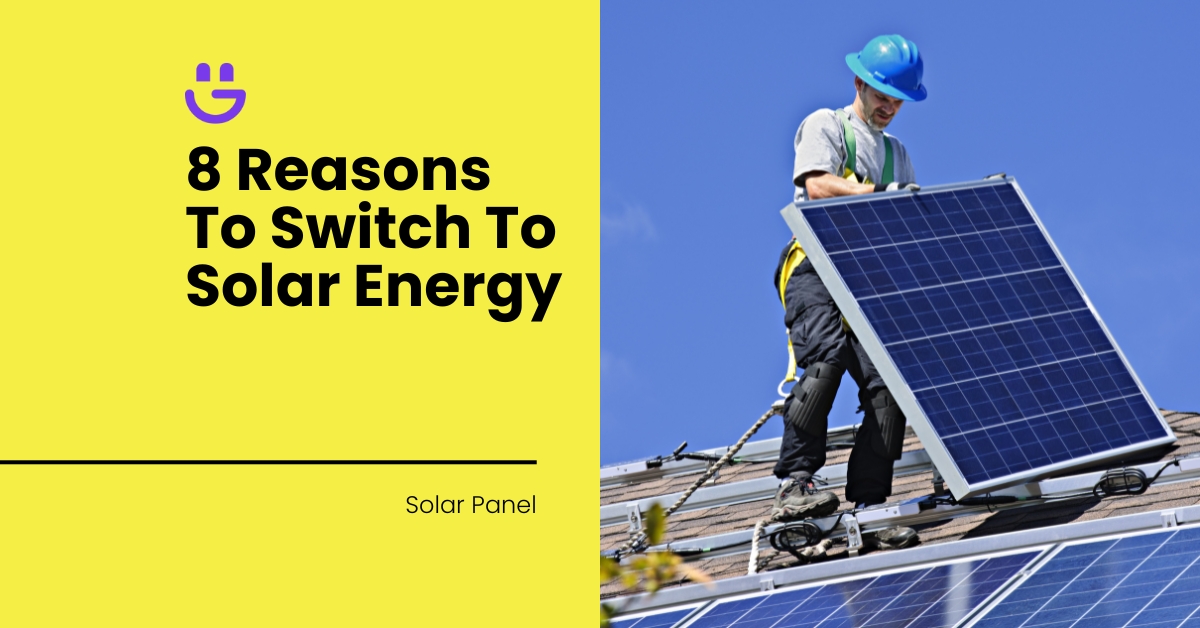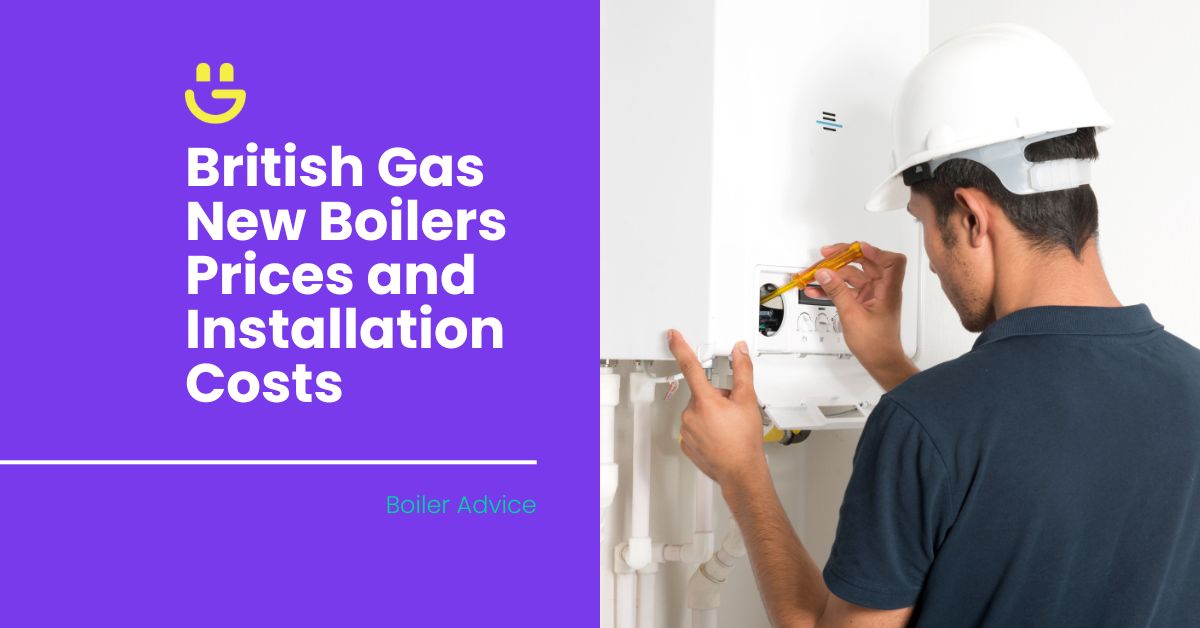Last Updated on November 14, 2025
A solar monitoring system tracks data associated with your solar panels. This real-time data includes energy usage, solar output, and the status of your solar array. It also includes information components and the battery system’s performance. Monitors can be fitted to inverters and the data is accessed on mobile phones and online platforms.
The data from these systems provides an accurate and detailed breakdown of your solar’s overall performance. This information can be used to improve your panels’ efficiency, monitor your current solar energy usage, and determine how much energy is being taken from the grid.
In this article, we will discuss how these monitoring systems work, their benefits, and the different kinds of solutions available.
Contents
- 1 How Does A Solar Monitoring System Work?
- 2 Are There Different Kinds Of Solar Monitoring Systems?
- 3 What Are The Advantages And Disadvantages Of A Solar Monitoring System?
- 4 Are Solar Monitoring Systems Necessary?
- 5 How Much Do Solar Panel Monitoring Systems Cost?
- 6 What Considerations Need To Be Made Before Installing A Solar Monitor?
- 7 FAQs
- 8 Conclusion
How Does A Solar Monitoring System Work?
Sensors and communication hardware and software are fitted to your solar panel system and unified with the inverter. The productivity of each panel is tracked, recorded, and uploaded to an online system where it can be accessed.
For this to work, an internet connection is required. The data from solar panels is tracked on a 24-hour cycle, and uploaded to the online platform at regular intervals. The duration of these intervals will depend on the system itself and can range between 5 and 15 minutes.
What kind of information will I see?
How the data is displayed will vary between brands. Information is usually shown as charts, graphs, and tables to allow for a quick and easy understanding of your system’s performance. The data and information retrieved from your solar array should include:
- The solar energy output of the panels.
- The energy consumption of the property.
- The energy that has been taken from the national grid.
- Local weather conditions.
- Any faults detected with the solar system, individual panels, or components.
These statistics can be viewed daily, weekly, monthly, or yearly. It would depend on how long you have had your solar panels and monitoring systems. The performance data from each solar panel allows you to compare panel output.
Are There Different Kinds Of Solar Monitoring Systems?
Yes, there are three different kinds of solar monitoring systems, although they typically offer the same function. The only real difference is related to their branding, fitting, instalment, or provider.
1. Equipment-integrated solar monitoring systems
Solar inverters can be fitted with monitoring software from the manufacturer. This is classified as an “equipment-integrated” solar monitoring system.
2. Third-party solar monitoring systems
Third-party solar monitoring systems are fixed to your solar array by a company that does not install or manufacture solar panels.
3. Installer solar monitoring systems
Some installers may offer their own monitoring solutions during the installation process. These software systems are usually rebranded under the installation company’s name and image. They tend to be more favourable as the installer will offer in-house services such as tech support, maintenance, and troubleshooting.
What Are The Advantages And Disadvantages Of A Solar Monitoring System?
A solar panel monitoring solution is extremely beneficial for those with solar panels, but they do have their drawbacks too.
Advantages
- Stay on top of your solar panels’ maintenance, performance and energy efficiency. You won’t be blindsided by sudden inconsistencies or malfunctions.
- Individual panel reports help you avoid spending unnecessary money trying to figure out which panel or component is no longer working in your system.
- The data will give you insight into how you could use your energy more efficiently. You may find that a large amount of solar power is being consumed unnecessarily.
- E-mail or app alerts notify you of things such as when your system’s due for maintenance or service. A sudden but noticeable decline in your solar data could also indicate that a light cleaning is required. It’s a helpful way to stay on top of things that could often go unnoticed.
- Lower your carbon footprint and your energy bills. Real-time data allows you to monitor your expenditure and adjust your use of electricity from the grid.
Disadvantages
Since this system relies on wireless technology, there is always a chance of network and signal interference. This may end up affecting the system and data. Even the best solar monitoring systems aren’t immune to technical glitches once in a while.
Are Solar Monitoring Systems Necessary?
No – these are not vital for the functionality of your solar panels. You can monitor your system manually by recording the readings on your generation meter and noting them in a log book. While this method is not nearly as efficient, it can be done.
Whether or not a monitoring system of this calibre is necessary, depends on you. If you want to optimise your solar power output, be diligent with your energy usage and be made immediately aware of any system failures, then it is necessary.
How Much Do Solar Panel Monitoring Systems Cost?
On average, solar monitoring solutions cost between £500 and £1,500. The apps and web platforms for viewing your data are usually free to access. However, these platforms will vary from brand to brand, with some having additional in-app purchases. These paid features are just add-ons and won’t keep you from seeing your crucial readings.
What Considerations Need To Be Made Before Installing A Solar Monitor?
Before installing a solar panel monitoring system, you need to consider the following:
Will the system be compatible with all your other solar power components?
If you have an existing solar panel system, you must ensure that the monitor is compatible with the inverters, panels, batteries, and any other associated components. Specific solar panel brands may not be suitable for every kind of monitoring system.
Do you have other smart monitoring systems in your home?
Do you already have other energy systems or smart technologies in your household? It would be worthwhile to integrate all these solutions to ensure a streamlined and efficient household or property.
How extensive do you want your monitoring to be?
Advanced solar monitoring systems will give you a more refined and in-depth analysis of your solar panel function, energy usage, efficiency and faults. However, if you do not require an intricate breakdown of each solar panel function or updates on incoming weather, a simpler system would be a better option.
FAQs
What happens to the data from my solar monitoring system?
The data collected from your monitoring system will be stored and available for as long as you need it. You will use an online platform which may allow the solar monitoring provider access to your data as well. This will need to be clarified by the provider, installer, brand, or website itself as company privacy policies may differ.
What is the difference between solar monitoring systems and solar monitoring apps?
A solar monitoring system is the actual hardware that tracks and records your data. This is then uploaded to solar monitoring software and accessed either via an app for mobile phones, or an online cloud-based platform. These apps are compatible with iOS and Android mobile devices.
Do solar monitoring systems work with all brands of solar panels?
While most solar panels will work with monitoring systems, you must check with the manufacturers of both systems to ensure that they will work together.
What is SolarAssistant?
SolarAssistant is software that has been designed to control and monitor solar systems. It runs on a Raspberry Pi which is connected to the solar inverter.
Who installs solar monitoring systems?
Solar monitoring systems should be installed by a qualified industry professional. If you install it yourself, you risk incorrect wiring, resulting in faulty data. You may also forfeit any warranty on the product.
Conclusion
Solar monitoring is quite cost-effective compared to other solar panel accessories and provides valuable information.
You could improve your solar system’s efficiency and limit your energy consumption with real-time data. Notifications about faults or issues will also be brought to your attention immediately. These can be resolved promptly. If you wait until every annual service to fix any problems, it is probably going to cost a lot more.
If you have any further questions about solar panels and monitoring systems, contact Eco Happy. Our expert team can answer any of your solar-related queries.





Tom Allen
Solar Expert